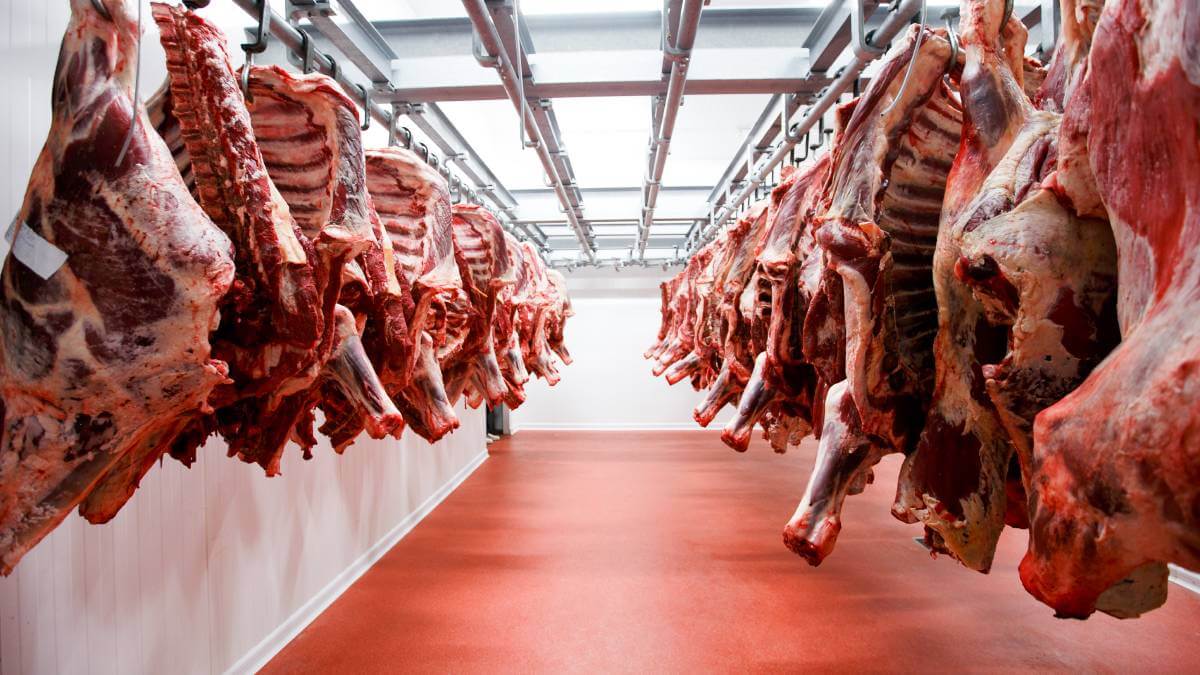
The Meat Board of Namibia has announced encouraging news for the northern regions as the Rundu Abattoir is expected to resume operations in the coming months. With estimates pointing to its reopening at the end of August 2023, this development is eagerly anticipated by farmers and stakeholders in the region.
The renovated abattoir is designed to cater to both the domestic and export markets, with initial focus on serving the domestic demand. Operated by the renowned Meat Corporation of Namibia (Meatco), it is projected to have a daily slaughter capacity of around 120 cattle. Notably, the abattoir will adopt a commodity-based approach due to the presence of the foot-and-mouth disease (FMD) in the Northern regions, ensuring strict adherence to safety and regulatory standards.
The resumption of the Rundu Abattoir comes as a much-needed boon for Northern farmers, as it will provide an additional marketing stream for their cattle. The region, stretching from the Kunene to the Zambezi, is estimated to host more than a million cattle and abundant beef raw materials. Despite the availability of these resources, there has been a dearth of commercial slaughtering activities in the Northern regions.
Recent livestock statistics published by the Meat Board indicate that, from January to June 2023, only 6,085 out of a total of 69,985 heads of cattle were slaughtered commercially on the Northern side of the redline. In contrast, the Southern regions witnessed a significant increase in commercial slaughtering activities during the same period. A Class abattoirs in the South, led by Meatco Southern, slaughtered 48,761 cattle, marking a remarkable 10,902 more heads of cattle compared to the previous year.
Meatco Southern A Class abattoir, along with Beefcor, contributed to the majority of the cattle slaughtered in the Southern regions. In contrast, the A Class abattoir in the Zambezi region, situated in the North, slaughtered only 1,680 cattle during the same period, with monthly slaughtering averaging between 260 to 460 heads.
Moreover, the statistics revealed an interesting trend: the country has slaughtered more cattle domestically than those exported as live animals during the first six months of the year. With 67,417 live animals sold compared to 69,985 heads of cattle slaughtered domestically, there has been a notable shift in the ratio between live exports and domestic slaughtering.
For June 2023, 53.0% of all cattle marketed were slaughtered at A, B, and C Class abattoirs, while live exports’ market share decreased to an average of 47.0%. This decline of 5.9% in total marketing highlights the growing emphasis on domestic slaughtering and local consumption.
The Meat Board attributed this shift to the effective functioning of market signals in the livestock and meat industry. The producers have been responding well to the relatively attractive prices offered by A Class abattoirs, encouraging more domestic slaughtering activities.
Beyond meeting local demand, Namibia’s beef is gaining popularity in the international market, complementing the country’s consistent fish exports. In the first six months of the year, Namibia exported a total of 6.7 million kilograms of beef to more than eight markets worldwide. June 2023 was particularly fruitful, with the country exporting 2.5 million kilograms of beef.
However, the absence of exports to the USA for the past two years remains a concern, despite securing the market previously. Nevertheless, South Africa continues to be a significant off-taker of Namibian beef in Africa, having purchased N$1.1 million worth of beef in the past six months. Additionally, Botswana emerged as an unexpected market, with Namibia supplying it with 139,829 kilograms of beef over four consecutive months in 2023.
While Angola remains a consistent albeit small market for Namibian beef, the new Ghana market has shown potential with a single shipment of 25,017 kilograms in April. However, both Tanzania and the DRC, which were export markets in the previous year, have not procured any beef from Namibia during the six-month review period.
In conclusion, the imminent reopening of the Rundu Abattoir brings hope to Northern farmers, as it presents an opportunity to bolster the region’s commercial slaughtering capacity. With a flourishing domestic market and promising international exports, Namibia’s livestock and meat industry are navigating challenges while laying the groundwork for sustainable growth and prosperity.
Stay updated with the latest farming tips and agriculture industry news from Africa by subscribing to our newsletter. Don’t miss out on valuable insights and updates. Follow us on Twitter, LinkedIn, and Facebook to join our farming community and stay connected with us.



















